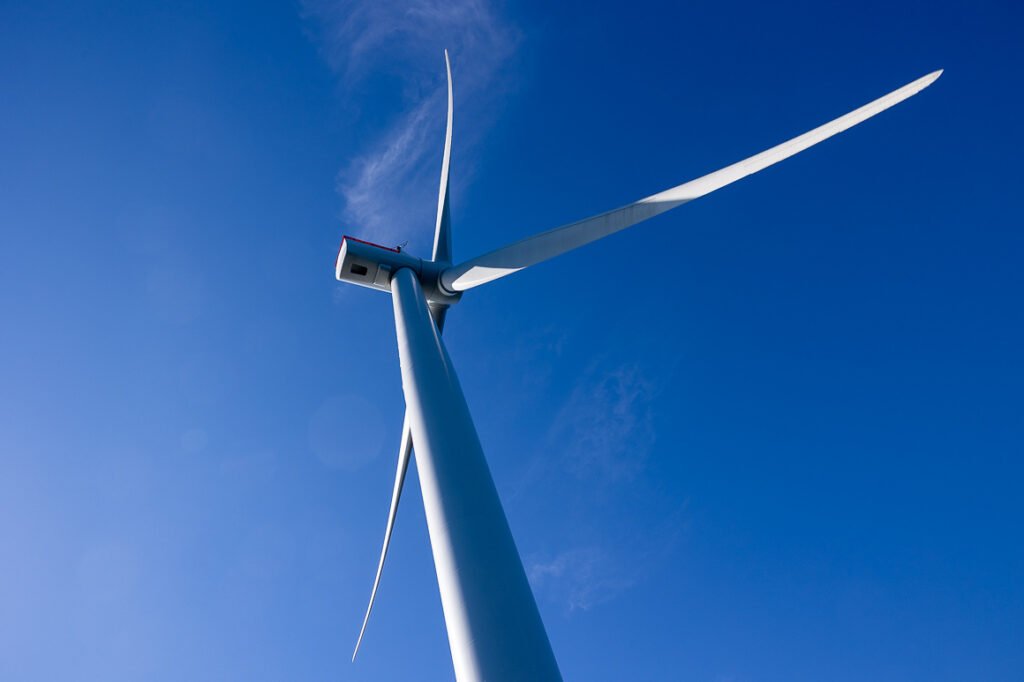In a major setback for the renewable energy sector, Equinor, the Norwegian energy giant, has reported a nearly $1 billion loss due to a sudden policy reversal on offshore wind under the Trump administration. This unexpected development has sent shockwaves through the clean energy industry, shaking investor confidence and raising serious questions about the future of large-scale wind projects in the United States.
What Happened: Equinor’s Costly Bet on U.S. Offshore Wind
Equinor, known for its ambitious push into clean energy, had placed big bets on offshore wind projects along the U.S. East Coast, particularly in partnership with BP. These projects were part of the Biden-era vision to transform America into a clean energy leader.
However, the landscape shifted dramatically when Donald Trump, the presumed Republican nominee and former U.S. president, made public statements opposing offshore wind farms, hinting at a potential halt or rollback of support if re-elected. Trump has long criticized wind energy, calling it “unreliable” and “environmentally damaging,” despite strong scientific and economic evidence to the contrary.
In the face of this political uncertainty and regulatory instability, Equinor and BP were forced to write down the value of their U.S. offshore wind assets by approximately $1 billion. The loss stemmed from canceled power purchase agreements (PPAs), inflated costs, and a reevaluation of the long-term viability of these projects in a shifting political climate.
Offshore Wind in the U.S.: A Brief Background
The U.S. offshore wind sector had seen strong momentum under President Joe Biden, with federal lease auctions, tax incentives, and aggressive clean energy goals driving development. Major players like Equinor, Ørsted, and Shell had rushed to acquire leases and initiate projects along the Atlantic coast, particularly in New York and New Jersey.
Equinor’s flagship projects—Empire Wind 1 and 2, and Beacon Wind—were set to power over 2 million homes and create thousands of jobs. The company was lauded for helping the U.S. meet its 2030 goal of 30 gigawatts of offshore wind capacity.
But rising costs, supply chain challenges, and now political headwinds have stalled these plans.
Trump’s Flip-Flop: What Changed?
While Trump has consistently voiced opposition to wind energy, his latest comments during campaign stops have rekindled industry fears. He has:
- Promised to reverse Biden’s clean energy policies.
- Criticized offshore wind as a “scam” and pledged to halt ongoing projects.
- Questioned the impact of wind turbines on marine life—a claim widely disputed by experts.
- Suggested that federal approvals and subsidies for offshore wind projects would be under review.
These statements, though not policy yet, have already influenced state regulators and financial markets. Utilities have begun withdrawing from long-term agreements fearing future federal non-compliance, while companies like Equinor must reassess risk profiles in such an unstable policy environment.
Financial Fallout: Equinor’s $1 Billion Hit

The $1 billion write-down is a direct consequence of:
- Terminated or renegotiated contracts for power purchase agreements.
- Inflated turbine and infrastructure costs that outpaced original budgets.
- Regulatory uncertainty, affecting future permitting and project timelines.
In its Q2 2025 earnings report, Equinor clearly stated that its U.S. offshore wind business faces “significant headwinds.” This reflects not only immediate financial losses but also lost strategic momentum in a key global market.
BP, which owns a 50% stake in the joint U.S. wind ventures, also acknowledged the hit, though it has not disclosed exact figures.
Industry Reaction: A Warning Sign for Global Renewables
The Equinor offshore wind loss has broader implications:
- Investor sentiment has soured, with clean energy stocks seeing dips across the board.
- Project financing is now more difficult, as banks and institutional investors weigh political risk alongside traditional factors.
- Other global players are reconsidering expansion into the U.S. offshore market.
- States like New York and New Jersey, which have relied on offshore wind to meet climate goals, may struggle to fill the gap if companies pull back.
Experts see this as a cautionary tale. Without stable, bipartisan support, long-term infrastructure projects—especially in clean energy—become vulnerable.
Political Risk in Energy: A Growing Concern
Energy investments are always influenced by politics, but clean energy projects require decades-long timelines, massive capital, and regulatory clarity.
Analysts say the Equinor situation underscores a rising “political risk premium” in the U.S. market.
If Trump wins in 2024 and follows through on his anti-wind rhetoric, industry insiders fear:
- Federal funding and subsidies could dry up.
- Permitting processes could become obstructed.
- International companies might look to Europe or Asia instead of the U.S.
Environmental and Economic Consequences
The loss of offshore wind momentum also has real-world implications:
Environmental Impact:
- Slower transition away from fossil fuels.
- Increased reliance on gas and coal in some regions.
- Setback in achieving the U.S. 2030 climate targets.
Economic Impact:
- Job losses in construction, engineering, and supply chain.
- Missed opportunities for regional economic growth, especially in ports and shipbuilding.
- Loss of leadership in a fast-growing global sector.
Equinor’s Response: Reassessing, Not Retreating
Despite the setback, Equinor remains committed to renewable energy. In a recent press release, the company said it will “optimize and scale back” U.S. operations while seeking more stable markets.
Executives emphasized that offshore wind remains part of Equinor’s global strategy but noted the need to “adapt to changing market and policy conditions.”
The company may now shift its focus to:
- More mature European markets.
- Offshore wind expansion in Asia-Pacific, particularly in Japan and South Korea.
- Onshore wind and solar projects with shorter timelines and less political risk.
What’s Next for U.S. Offshore Wind?

The future of offshore wind in the U.S. depends largely on the outcome of the 2024 presidential election.
- If Biden or another Democrat wins, industry leaders expect a course correction, with renewed federal support.
- If Trump wins, many believe it could trigger a multi-year slowdown, with major projects shelved or canceled.
States may try to fill the policy void, but offshore wind relies heavily on federal coordination—especially for ocean leasing, environmental review, and funding.
Final Thoughts: A $1 Billion Warning
The Equinor offshore wind loss is more than just a corporate write-down—it’s a stark warning about how political uncertainty can derail even the most promising clean energy plans.
At a time when the world needs urgent climate action, wavering support for offshore wind in the U.S. sends a troubling message to investors, partners, and allies. Long-term energy transformation cannot be built on short-term political cycles.
Whether this is a temporary storm or the start of a broader retreat from offshore wind in America depends on the choices voters—and policymakers—make in the months ahead.
Read Next – U.S. Crude Oil Stockpiles Drop Sharply, Surprising Analysts






